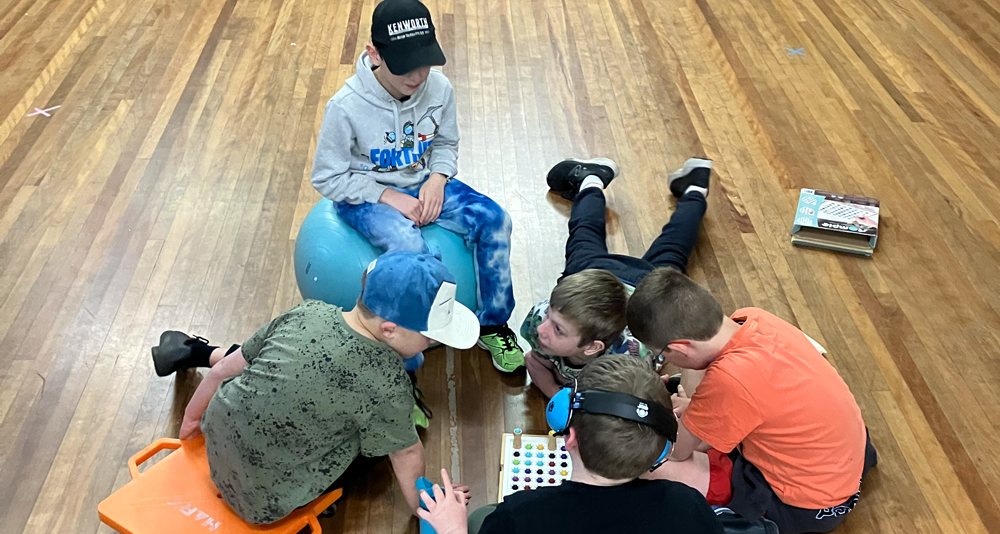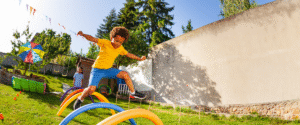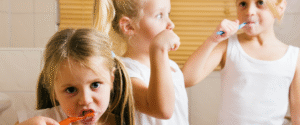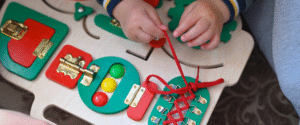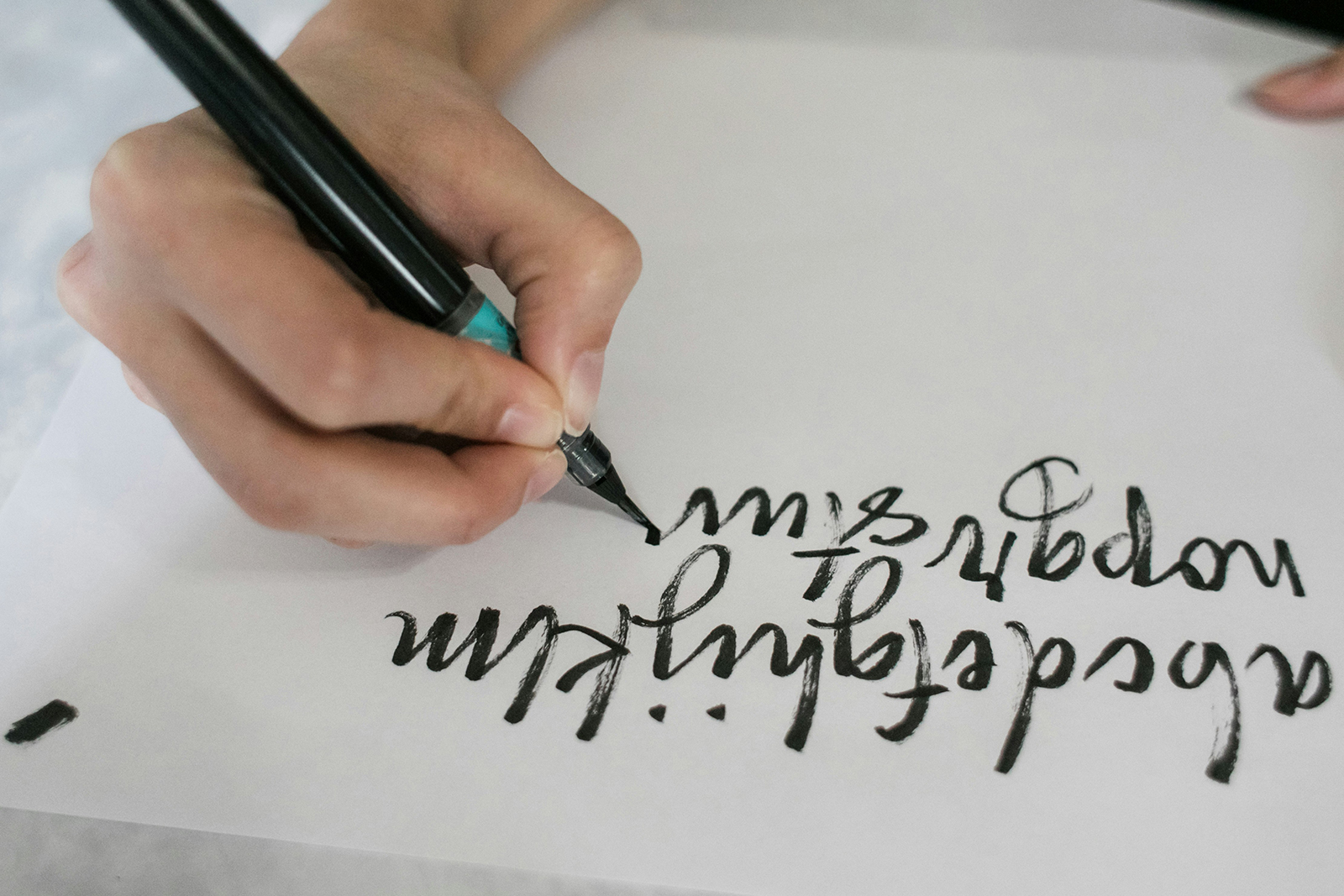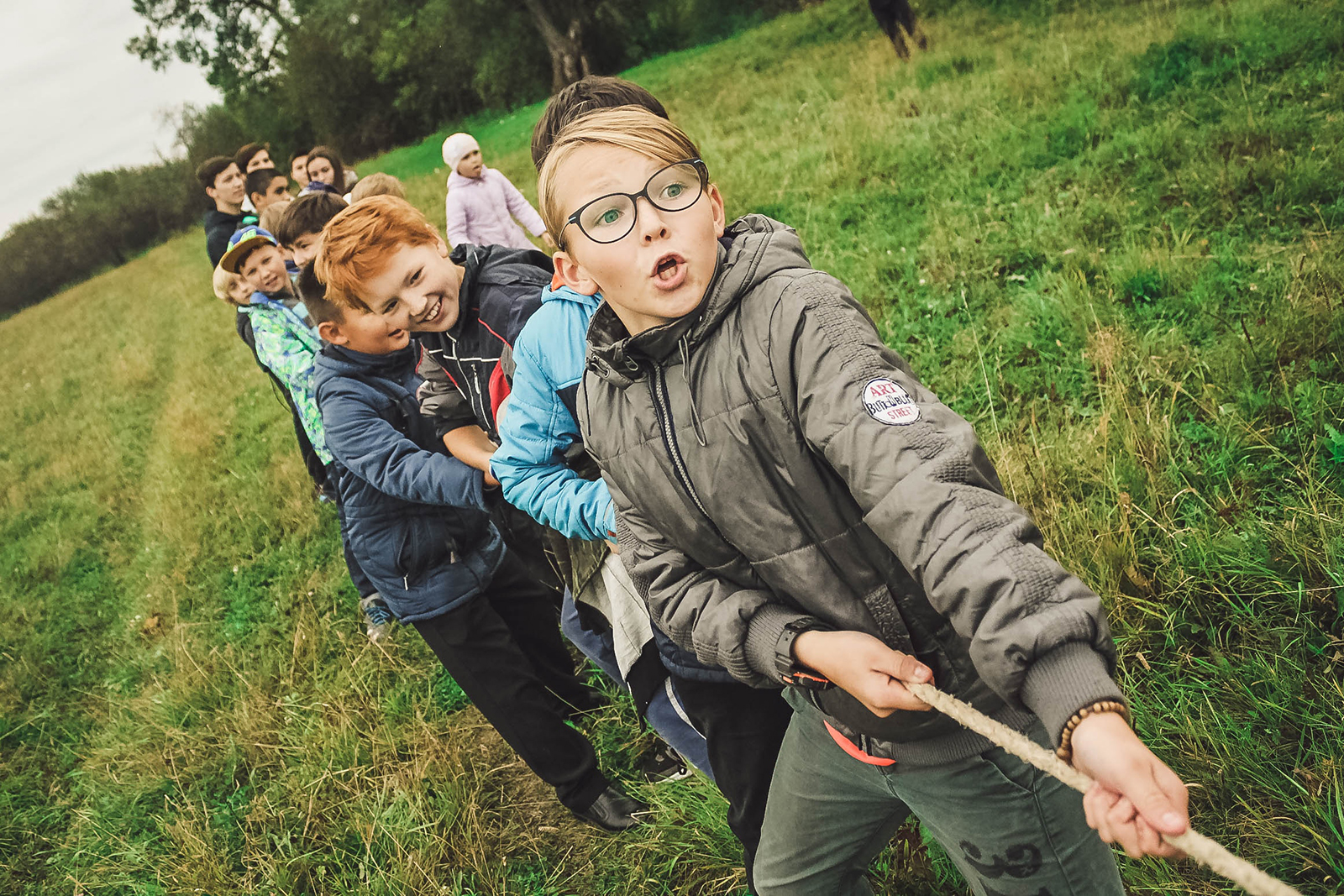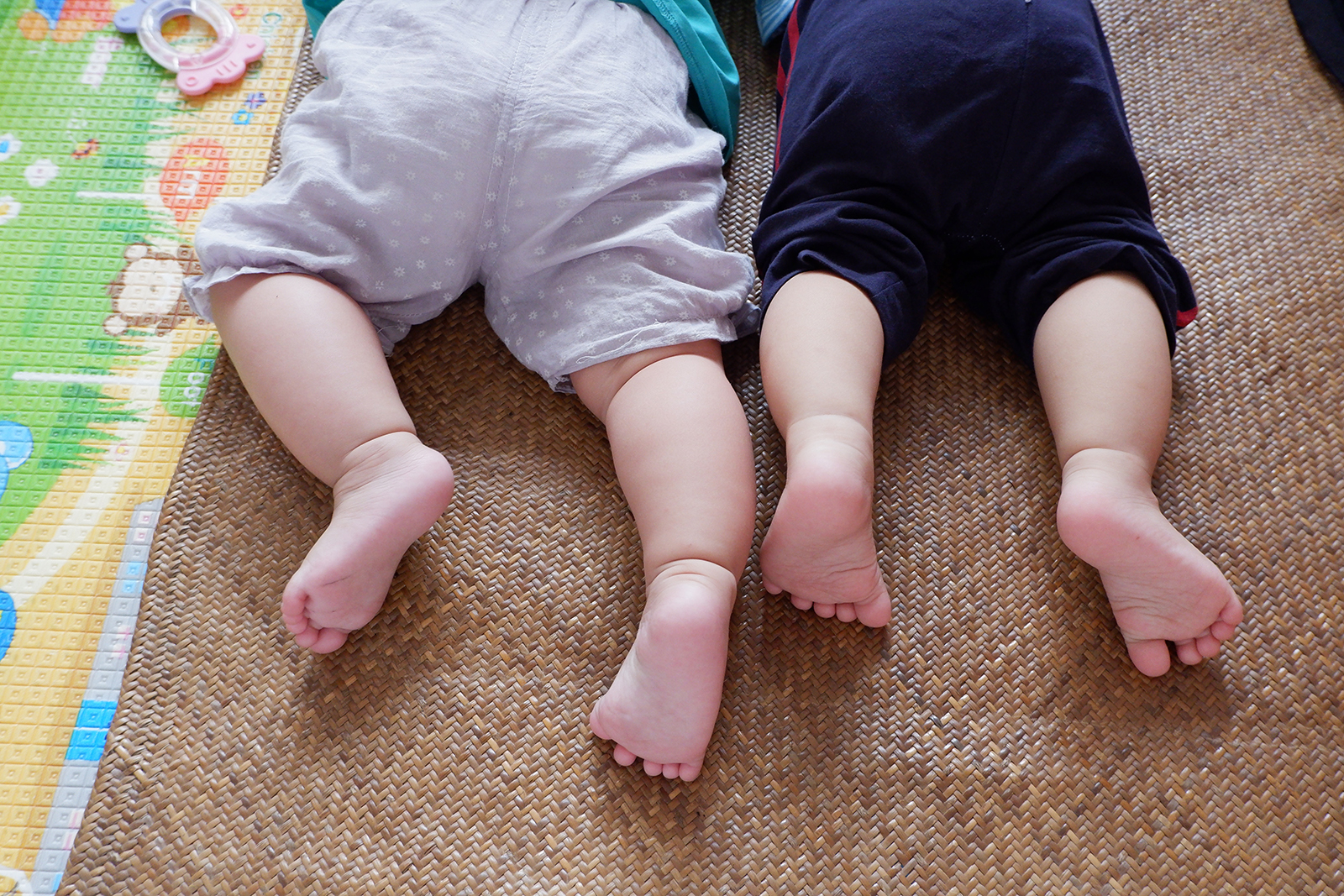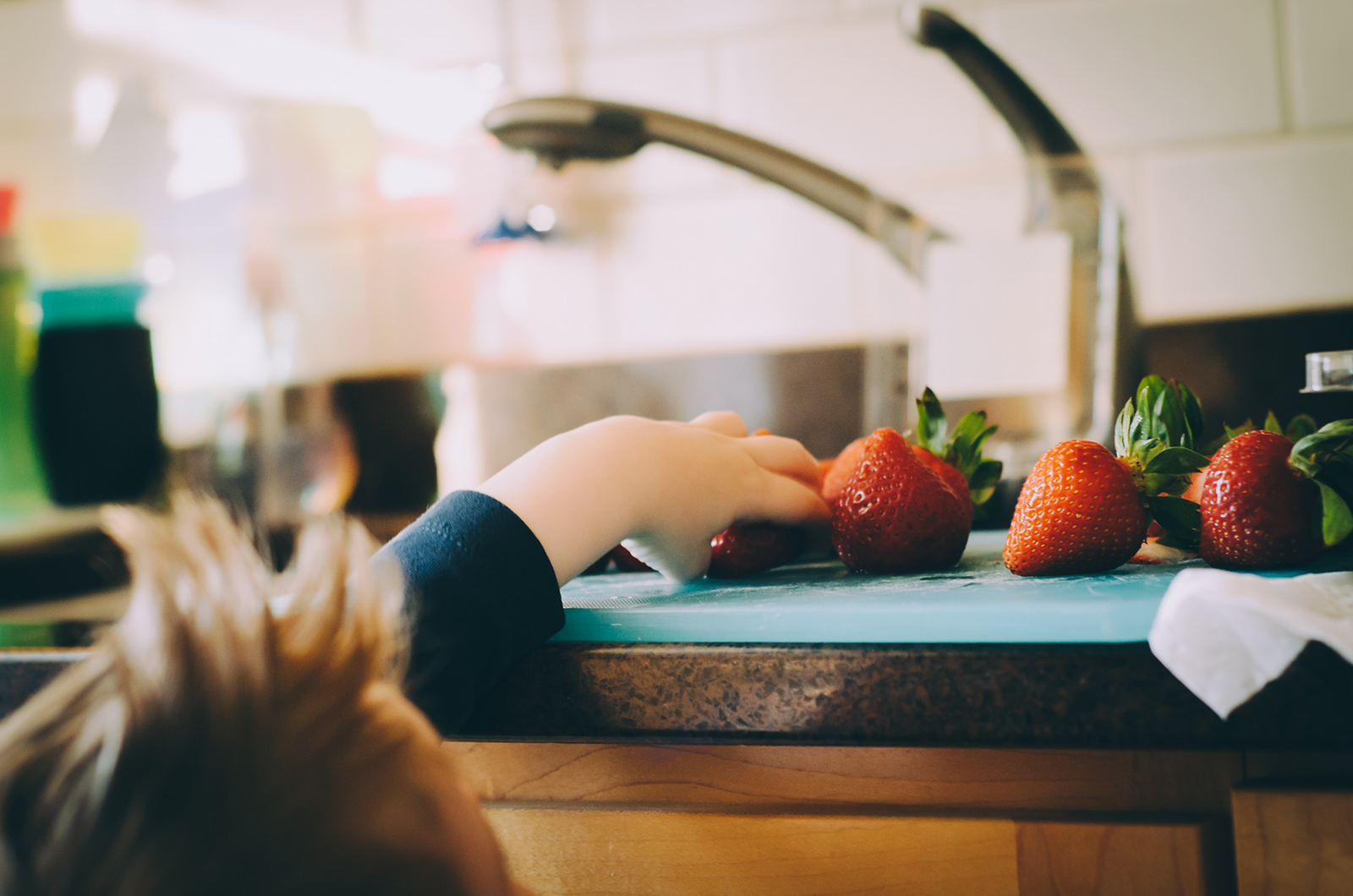
SELF CARE
Self care is something we all do everyday. It includes activities which contribute to our basic needs, such as dressing, showering, going to the bathroom, brushing our teeth, sleeping and eating.
As occupational therapists, we often refer to self-care skills as activities of daily living (ADLs) and it is an important milestone for children to develop. At Explore and Soar, our goal is to practice and strengthen skill development (at an age appropriate level) to enable independence in self care for all of our clients and therefore reducing stress on our parents and families. For many of us, these skills come naturally. However for many children, many of these tasks are complex and require high cognitive, sensory and physical capacity. This can cause challenges in getting ready in the morning, attending to hygiene or getting ready for bed at the end of the day.
Foundationally, self-care involves multiple complex skills including bilateral integration (the ability to coordinate both sides of our body), motor planning, balance, postural control and core strength.
Additionally, higher executive functions are also important, such as sequencing, organisation and planning. It further involves our biological rhythms, being able to register when we need to toilet, hungry or full, and our sleep/wake cycle. Children with sensory processing challenges can have increased difficulty understanding where their body is in space, or be overly sensitive to textures on their skin or in their mouth. This can make tasks such as dressing, brushing hair and feeding particularly challenging and children can become avoidant.
We provide sensory diet strategies or sensory snacks to support our families in promoting self-care independence for our children.
These can include auditory interventions through specialised music to help motivate, regulate, activate muscle tone and shift our brains into an optimal state to complete tasks. We also use strategies such as therapressure brushing and deep pressure to support regulation and internal grounding. Additionally, we think about what helps them to get moving in the morning, which may include heavy work activities or just jumping on the trampoline for 10 minutes to activate their body and sensory systems. Explore and Soar value multidisciplinary involvement and we often refer to chiropractic intervention to support biological rhythms.
Many of our referrals at Explore and Soar involve challenges in following routines and getting out the door of a morning.
The morning routine involves multiple self care tasks. Planning outfits, dressing, brushing hair, preparing and eating breakfast, brushing teeth and packing school bags are common tasks necessary for children to complete before leaving the house.
So often, children can find it difficult to remember and follow the routine in a timely manner, which can in turn cause stress on parents and family members. Occupational therapists can intervene by implementing the use of visual schedules and visual timers. Visuals are a great way for kids to see what step comes next and therefore support their independence and responsibility in self-care. The use of a visual timer can support their capacity to understand and stick to the expectations and can also incorporate a fun challenge for them to complete a task within a certain timeframe. Consideration of how our children learn and understanding their needs is important, whether using pictures, a list, or breaking each task down into smaller steps.
To help understand the complexity of self-care tasks, let’s break down the skill acquisition of dressing. This includes:
- Higher executive functions: Before they even begin the task, organising and planning appropriate clothes is needed. Further, sequencing is required to move through each step of dressing in a timely manner.
- Bilateral coordination: The use of both sides of the body working together to put on clothes, complete zippers, buttons and shoelaces.
- Spatial and body awareness: understanding where our body is in space is important when putting arms through sleeves, legs through pants and pulling a shirt over our head.
- Fine motor skills: utilised to complete zippers, buttons, shoelaces and putting on shoes and socks.
- Trunk rotation: Being able to twist the body to put arms through sleeves of a jacket or shirt.
- Hand eye coordination: controlling our arms and legs in relation to what our visual system is telling us.
- Motor planning: Dressing requires coordination of both sides and our upper and lower body together, as well as executing motor movements. It also involves activating core strength, muscle tone and postural integrity to control our body. We have recently written about motor planning and the aspects involved.
- Balance and core strength: Required when lifting one leg at a time to dress lower body.
If a child lacks competence in one or more of these areas, the dressing process will be more difficult, time consuming, and their capacity to achieve independence will be reduced. At Explore and Soar, when we assess clients, we make observations of these skills and then utilise play to develop and build on them in our sessions and home programs.
If you think your child may need some assistance with developing self care skills, please don’t hesitate to reach out and get in contact with us. Whether you’re a new or existing client, we can help!
Until next time,
Hannah
ORIGINALLY PUBLISHED AUGUST 4, 2021


